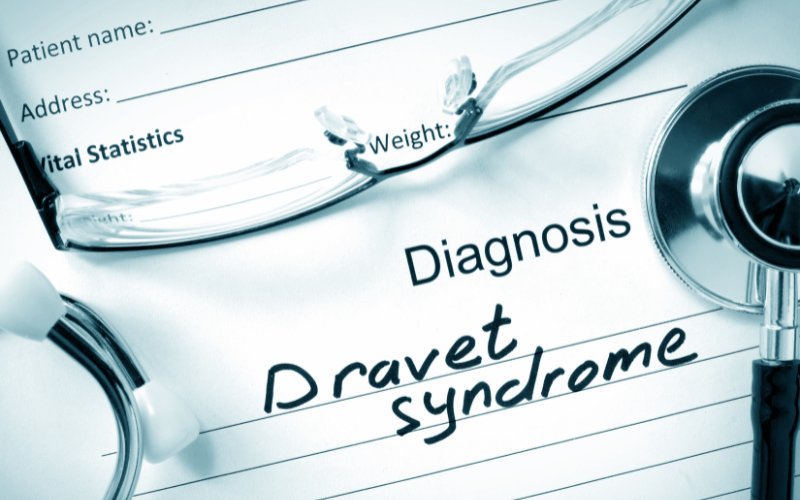Introduction: An Insight into Dravet Syndrome (Severe Myoclonic Epilepsy of Infancy, SMEI)

Dravet Syndrome (severe myoclonic epilepsy of infancy, SMEI) is more than just a medical term or a rare condition; it represents a lifetime journey filled with challenges, medical complexities, and continuous learning for those affected. This neurological disorder, often seen in infancy, can define a person’s life in various profound ways.
In the first year of a child’s life, when parents are filled with hopes and dreams for their new family member, the first seizure strikes, typically related to fever. More seizures follow, differing in nature and intensity. However, it’s not just the seizures that are concerning. Developmental delays, behavioral issues, movement difficulties, and even certain medications that exacerbate symptoms all contribute to a life of uncertainty and continuous care.
What makes Dravet Syndrome particularly challenging to handle is its genetic nature, with 70-80% of cases linked to SCN1A gene mutations. Although genetic, environmental factors like fever, infections, and exposure to specific medications can contribute to the condition, making the management even more complex.
The journey with Dravet Syndrome requires a multidimensional approach, including a combination of antiepileptic drugs, dietary interventions like the ketogenic or Modified Atkins Diet, and even surgical options in some cases. Families also need to be aware of the ongoing research and potential future innovations in treating this lifelong condition.
The life with Dravet Syndrome is not just a patient’s journey but also encompasses the family, healthcare providers, and society at large. Understanding these 15 critical aspects of Dravet Syndrome can pave the way to better management, effective treatment, fostering empathy, and most importantly, empowering those who live with this condition every day. So, let’s dive into these essential facts to grasp this disorder’s complexity and the vital role we all have in supporting those affected by it.
Fact 1: Understanding the Symptoms of Dravet Syndrome (SMEI)

The first symptoms of Dravet Syndrome usually surface within the first year of a child’s life, manifesting as fever-related seizures. But it doesn’t stop there. These seizures often last longer than usual febrile seizures, and as the child grows, they evolve into various forms. From myoclonic seizures, which cause quick jerking movements, to absence seizures causing brief lapses in consciousness, the unpredictable nature of these seizures presents ongoing challenges. Understanding the different seizure types and their triggers is vital for managing Dravet Syndrome effectively.
Following the onset of seizures, developmental delays are common in children with Dravet Syndrome. These delays affect intellectual abilities, learning challenges, speech and language development, and can even extend to social and emotional growth. Early intervention, coupled with personalized educational plans, can make a significant difference. Yet, ongoing monitoring and adaptability are essential to meet the evolving needs of the child.
Physical issues related to movement and balance are also a defining characteristic of Dravet Syndrome. Problems with coordination, muscle tone, and gait can make performing daily tasks and engaging in regular childhood activities difficult. These challenges can impact self-esteem and social interaction. However, personalized support, physical therapy, and adaptive activities can help children overcome these hurdles.
Beyond the seizures, developmental delays, and movement challenges, children with Dravet Syndrome may experience other symptoms. These include behavioral issues, sleep disturbances, nutritional challenges, and growth abnormalities. A holistic approach and multidisciplinary care are necessary to understand and address these associated symptoms. A comprehensive network of support can make a significant difference in the lives of those living with Dravet Syndrome.
Dravet Syndrome is characterized by a multifaceted array of symptoms that impact nearly every aspect of a child’s life. From the hallmark seizures to developmental and physical challenges, the journey with Dravet Syndrome requires a compassionate, comprehensive, and adaptable approach. The more we understand these symptoms, the better equipped we are to support those living with this complex condition, providing them with the care, understanding, and hope they deserve. (1)